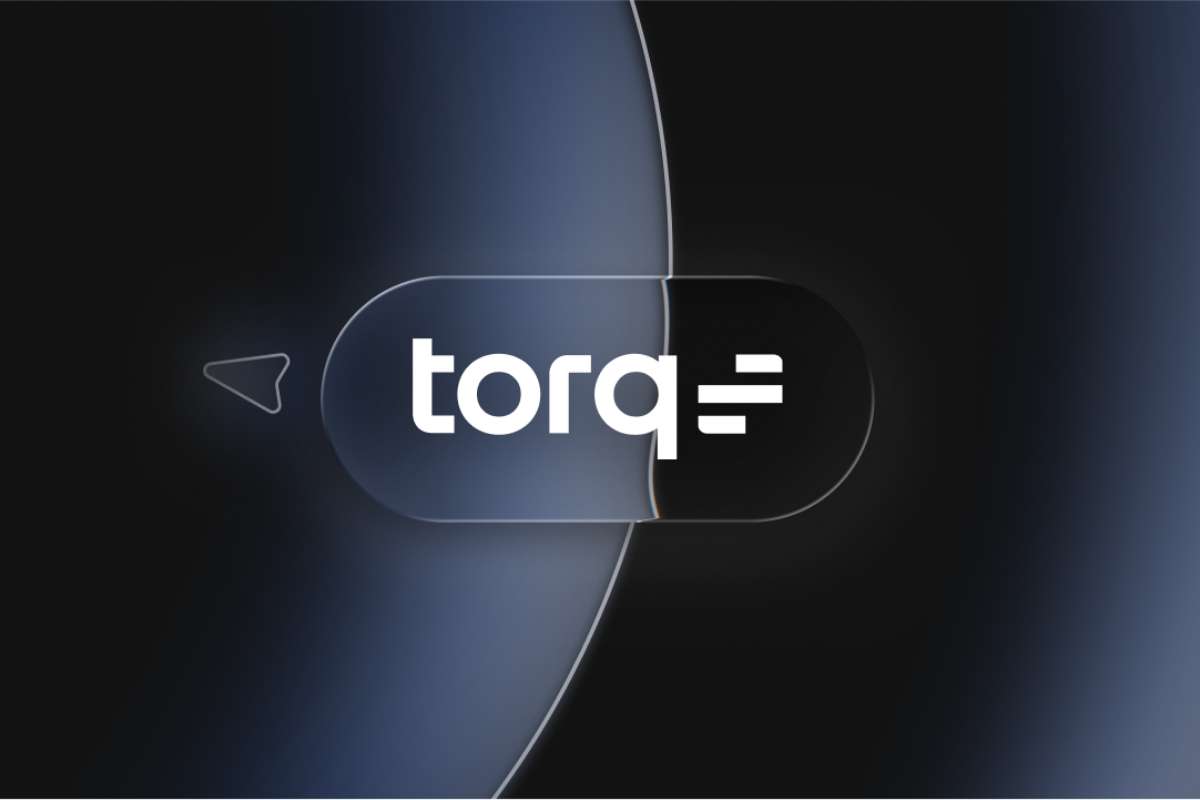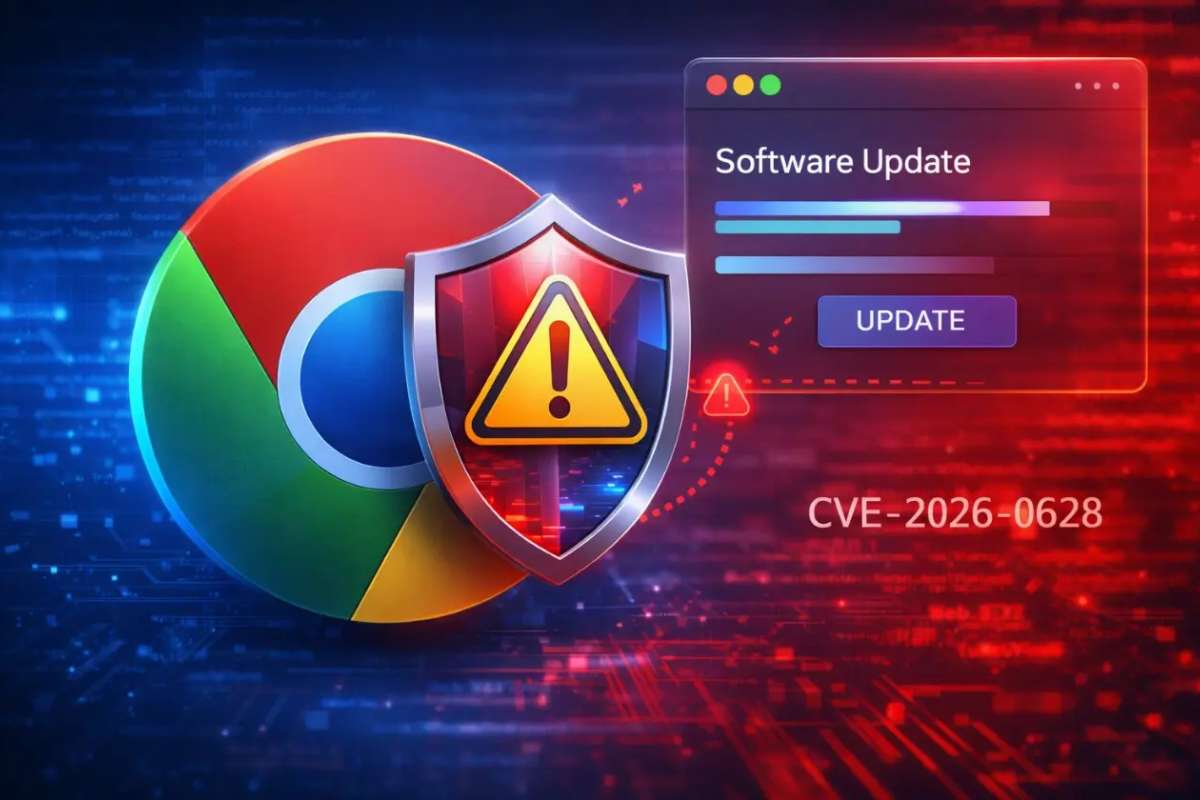As more businesses turn to Google Cloud Platform (GCP) for their cloud needs, it’s essential to understand the potential security risks that come with it. Even though GCP offers a range of powerful tools and services, it’s not immune to vulnerabilities. These weaknesses can put your data and applications at risk if not properly managed. In this article, we’ll explore what Google Cloud Platform vulnerabilities are, how they can affect your system, and what you can do to keep your cloud environment secure.
Understanding Google Cloud Platform Vulnerabilities

Google Cloud Platform (GCP) is renowned for its reliability and versatility in providing cloud-based services. However, like any complex system, it is not immune to vulnerabilities. These vulnerabilities can arise from various sources, including misconfigurations, outdated software, or inherent flaws in the platform itself. Understanding these vulnerabilities is crucial for securing your cloud environment and ensuring the integrity of your data.
Types of Google Cloud Platform Vulnerabilities
1. Misconfigurations
One of the most common vulnerabilities in GCP is misconfiguration. Misconfigurations can occur at multiple levels, including network settings, access controls, and storage configurations. For example, improperly configured firewall rules or overly permissive Identity and Access Management (IAM) roles can expose your resources to unauthorized access.
Example: If a GCP bucket is set to public access inadvertently, sensitive data stored within the bucket can be accessed by anyone on the internet.
2. Insecure APIs
Application Programming Interfaces (APIs) are essential for interacting with GCP services. However, if not properly secured, APIs can become a vector for attacks. Insecure APIs might expose endpoints that can be exploited by attackers to gain unauthorized access or manipulate data.
Example: An API with inadequate authentication mechanisms might allow unauthorized users to execute commands or retrieve sensitive information.
3. Outdated Software and Patches
Keeping software up to date is critical for security. Google Cloud Platform regularly releases updates and patches to address vulnerabilities. However, failure to apply these updates can leave your environment susceptible to known exploits.
Example: An outdated version of a GCP service might contain vulnerabilities that have been patched in newer releases, making it vulnerable to attacks.
4. Insufficient Monitoring and Logging
Effective monitoring and logging are essential for detecting and responding to security incidents. Insufficient monitoring can result in delayed detection of breaches or anomalies, allowing attackers to operate undetected for extended periods.
Example: Without proper logging, unusual access patterns or unauthorized actions may go unnoticed, increasing the risk of a data breach.
5. Insecure Network Configurations
Network configurations in GCP, such as Virtual Private Cloud (VPC) settings and firewall rules, play a critical role in securing your environment. Misconfigured network settings can expose your resources to threats, such as Distributed Denial of Service (DDoS) attacks or unauthorized network access.
Example: Inadequate firewall rules might allow malicious traffic to reach critical components of your GCP environment.
Impact of Google Cloud Platform Vulnerabilities

The impact of Google Cloud Platform vulnerabilities can be severe, ranging from data breaches to service disruptions. Understanding these impacts helps in prioritizing mitigation efforts and implementing effective security measures.
1. Data Breaches
Vulnerabilities that lead to unauthorized access can result in data breaches. This can compromise sensitive information, leading to financial losses, reputational damage, and regulatory penalties.
2. Service Disruptions
Exploited vulnerabilities can cause service interruptions, affecting the availability and performance of your applications. This can lead to downtime and impact the overall user experience.
3. Financial Losses
Addressing the consequences of security breaches and vulnerabilities can be costly. This includes costs related to incident response, legal fees, and potential fines.
4. Reputational Damage
A security incident can tarnish your organization’s reputation, eroding customer trust and confidence. Maintaining a secure cloud environment is crucial for preserving your brand’s credibility.
Mitigating Google Cloud Platform Vulnerabilities

Effective mitigation strategies are essential for addressing and reducing Google Cloud Platform vulnerabilities. Here are key practices to enhance your GCP security posture:
1. Implementing Robust Access Controls
Use the principle of least privilege for IAM roles and permissions. Ensure that users and services have only the necessary access to perform their tasks. Regularly review and update access controls to reflect changing requirements.
2. Configuring Security Best Practices
Follow GCP’s security best practices for configuring network settings, storage, and services. Utilize features like VPC Service Controls, Cloud Security Command Center, and Security
Health Analytics to enhance your security posture.
1. Regularly Applying Updates and Patches
Stay informed about the latest updates and patches released by Google Cloud Platform. Implement these updates promptly to address known vulnerabilities and protect your environment.
2. Enhancing Monitoring and Logging
Utilize GCP’s monitoring and logging tools, such as Cloud Logging and Cloud Monitoring, to track activities and detect anomalies. Set up alerts to respond quickly to potential security incidents.
3. Conducting Security Assessments
Regularly perform security assessments and vulnerability scans to identify and address potential weaknesses. Engage in penetration testing to evaluate the effectiveness of your security measures.
FAQs
1. What are Google Cloud Platform vulnerabilities?
Google Cloud Platform vulnerabilities refer to potential security weaknesses or flaws within the GCP environment that could be exploited to gain unauthorized access, disrupt services, or compromise data integrity.
2. How can I prevent Google Cloud Platform vulnerabilities?
Preventing GCP vulnerabilities involves implementing strong access controls, configuring services according to best practices, applying updates and patches, enhancing monitoring and logging, and conducting regular security assessments.
3. What should I do if I discover a Google Cloud Platform vulnerability?
If you discover a vulnerability, report it to Google Cloud support immediately. Follow recommended steps to mitigate the issue, such as applying patches or adjusting configurations, and review your security practices to prevent future occurrences.
4. Are there any tools to help with Google Cloud Platform security?
Yes, Google Cloud offers several security tools, including Cloud Security Command Center, Cloud Monitoring, Cloud Logging, and VPC Service Controls, to help you monitor, manage, and enhance the security of your GCP environment.
5. How often should I update my Google Cloud Platform environment?
Regularly update your GCP environment by applying the latest patches and updates as soon as they are released. Keeping your environment up to date is crucial for addressing known vulnerabilities and ensuring optimal security.
Conclusion
Using Google Cloud Platform offers many benefits, but it’s important to be aware of potential vulnerabilities that could threaten your security. By understanding these risks of Google Cloud Platform vulnerabilities and taking proactive steps—like setting up strong access controls, keeping software updated, and monitoring your environment—you can protect your data and maintain a secure cloud setup. Staying vigilant and following best practices will help ensure that your use of GCP remains safe and effective.






